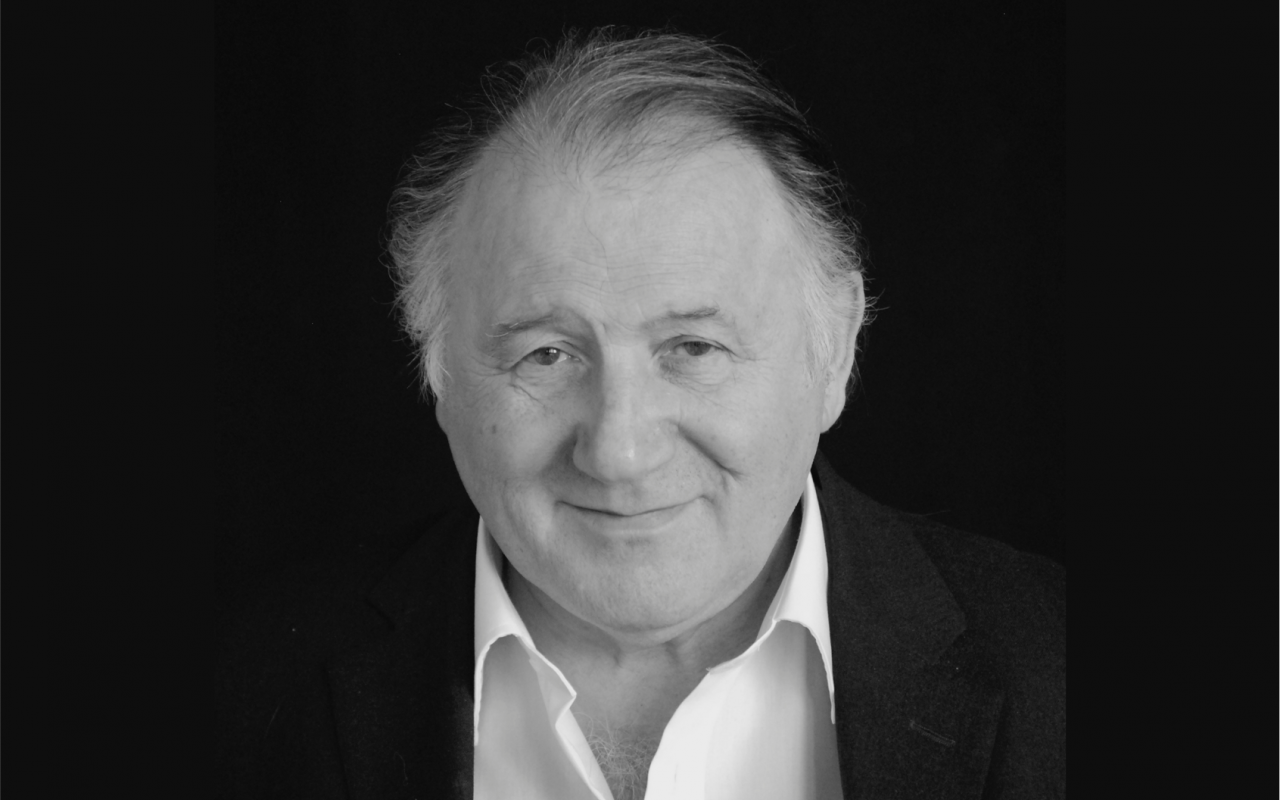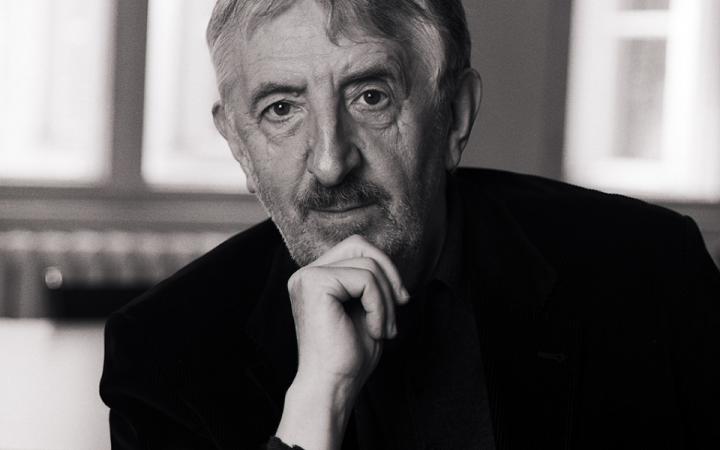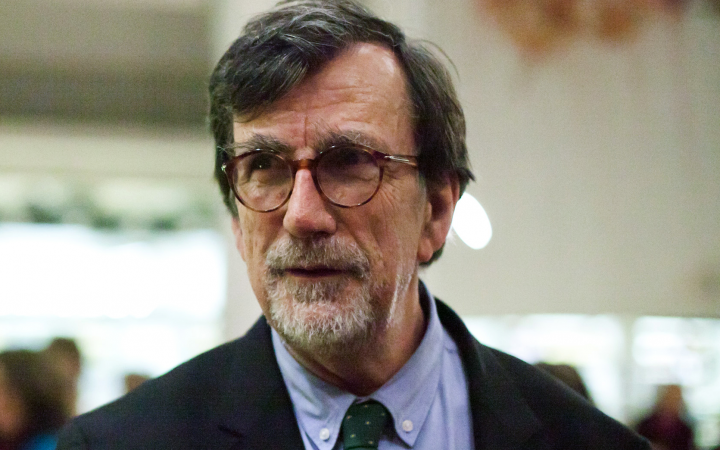In Memory of Hiroshi Kawano (1925–2012)
2013-01-08
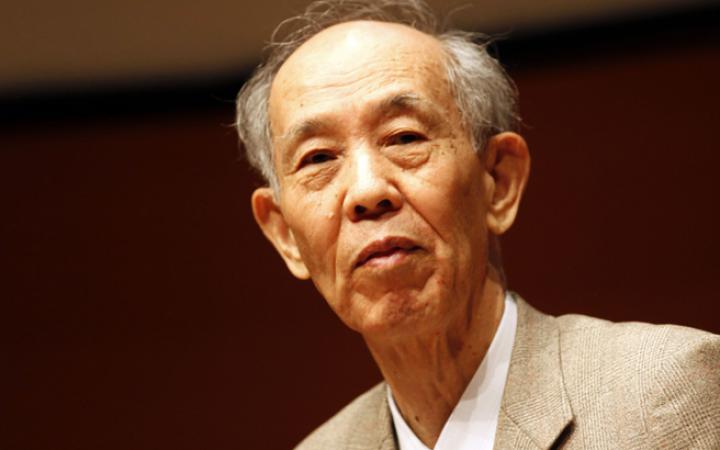
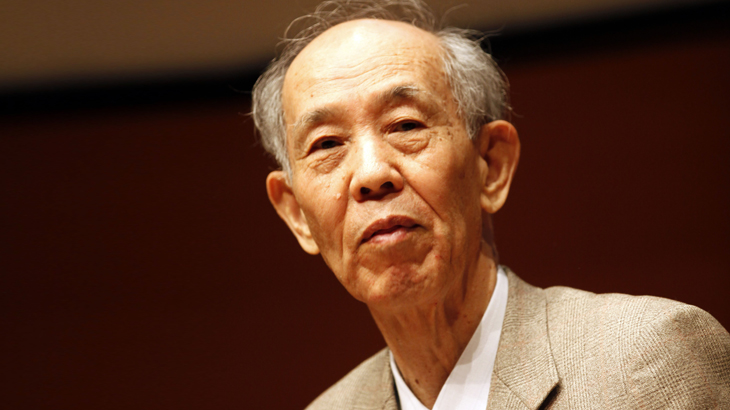 ”It was not out of artistic but of scientific interest that I began my computer art experiments. I set out to understand the logic of the creative process in human art,“ wrote Japanese philosopher, Hiroshi Kawano, in the spring of 2011. It was this hope of finding a method by means of computer technology enabling the experimental testing of the theses of aesthetics that lured him away from his desk and into the computer center at the University of Tokyo at the beginning of the 1960s. Hiroshi Kawano, one of the pioneers in the use of the computer in art and aesthetics passed away in Kobe, Japan on December 18, 2012, at the age of 87.
As the son of Japanese parents, Hiroshi Kawano, was born in Fushun, China, in 1925. He moved to Japan in 1935. In 1948 he began studies in philosophy with a special emphasis on aesthetics at the University of Tokyo. Kawano, who had learnt German at school, initially dedicated his studies to neo-Kantianism before turning to semiotics and finally to information theory, a model emerging from communications engineering. It was in the writings of the Stuttgart-based physicist and philosopher Max Bense, that Kawano discovered elements of existentialist and pragmatist thought, above all, however, the possibility of connecting semiotics, information theory and aesthetics. Bearing in mind Bense’s Programmierung des Schönen [Programming of the Beautiful] (1960) Kawano taught himself programming in the autumn of 1963. As early as September 1964, he published the first computer graphics in the Japanese IBM Review, which he calculated with the aid of the OKITAC 5090A. Further experiments in the field of computer generated poetry and music were to follow.
Hiroshi Kawano taught at numerous universities, among others, at Nihon University, Tokyo, the Tokyo Metropolitan College of Air-Technology, the Metropolitan College of Technology, the Metropolitan Institute of Technology, the Nagano University, the Tohoku University of Art and Design, and the Tama Art University. In 1986 he gained his PhD from Osaka University. In addition to teaching, he wrote and published continuously: fourteen monographs and almost three hundred articles have appeared since 1954.
In 2010, Hiroshi Kawano donated his entire archive and all the works remaining in his possession to the ZKM | Karlsruhe. But this is only one of the reasons why our institution is committed to his work. For the philosopher not only presented the ZKM with precious artifacts. During his visits in 2010 and 2011, he gave us the opportunity to meet him in person. His intellectual independence, his curiosity and warmth, fascinated and touched us and our visitors.
Speeches held at the opening of exhibitions are commonly accompanied by a nervous murmuring among the public. In 2011, when Hiroshi Kawano took the microphone at the ZKM Foyer to talk about his life and work, a hush came over the public; this silence was sustained through to the very last word.
”It was not out of artistic but of scientific interest that I began my computer art experiments. I set out to understand the logic of the creative process in human art,“ wrote Japanese philosopher, Hiroshi Kawano, in the spring of 2011. It was this hope of finding a method by means of computer technology enabling the experimental testing of the theses of aesthetics that lured him away from his desk and into the computer center at the University of Tokyo at the beginning of the 1960s. Hiroshi Kawano, one of the pioneers in the use of the computer in art and aesthetics passed away in Kobe, Japan on December 18, 2012, at the age of 87.
As the son of Japanese parents, Hiroshi Kawano, was born in Fushun, China, in 1925. He moved to Japan in 1935. In 1948 he began studies in philosophy with a special emphasis on aesthetics at the University of Tokyo. Kawano, who had learnt German at school, initially dedicated his studies to neo-Kantianism before turning to semiotics and finally to information theory, a model emerging from communications engineering. It was in the writings of the Stuttgart-based physicist and philosopher Max Bense, that Kawano discovered elements of existentialist and pragmatist thought, above all, however, the possibility of connecting semiotics, information theory and aesthetics. Bearing in mind Bense’s Programmierung des Schönen [Programming of the Beautiful] (1960) Kawano taught himself programming in the autumn of 1963. As early as September 1964, he published the first computer graphics in the Japanese IBM Review, which he calculated with the aid of the OKITAC 5090A. Further experiments in the field of computer generated poetry and music were to follow.
Hiroshi Kawano taught at numerous universities, among others, at Nihon University, Tokyo, the Tokyo Metropolitan College of Air-Technology, the Metropolitan College of Technology, the Metropolitan Institute of Technology, the Nagano University, the Tohoku University of Art and Design, and the Tama Art University. In 1986 he gained his PhD from Osaka University. In addition to teaching, he wrote and published continuously: fourteen monographs and almost three hundred articles have appeared since 1954.
In 2010, Hiroshi Kawano donated his entire archive and all the works remaining in his possession to the ZKM | Karlsruhe. But this is only one of the reasons why our institution is committed to his work. For the philosopher not only presented the ZKM with precious artifacts. During his visits in 2010 and 2011, he gave us the opportunity to meet him in person. His intellectual independence, his curiosity and warmth, fascinated and touched us and our visitors.
Speeches held at the opening of exhibitions are commonly accompanied by a nervous murmuring among the public. In 2011, when Hiroshi Kawano took the microphone at the ZKM Foyer to talk about his life and work, a hush came over the public; this silence was sustained through to the very last word.
Text: Margit Rosen
Image: Hiroshi Kawano at the ZKM in June 2010
© ZKM | Center for Art and Media Karlsruhe
Photo: ONUK
Category: Obituaries
